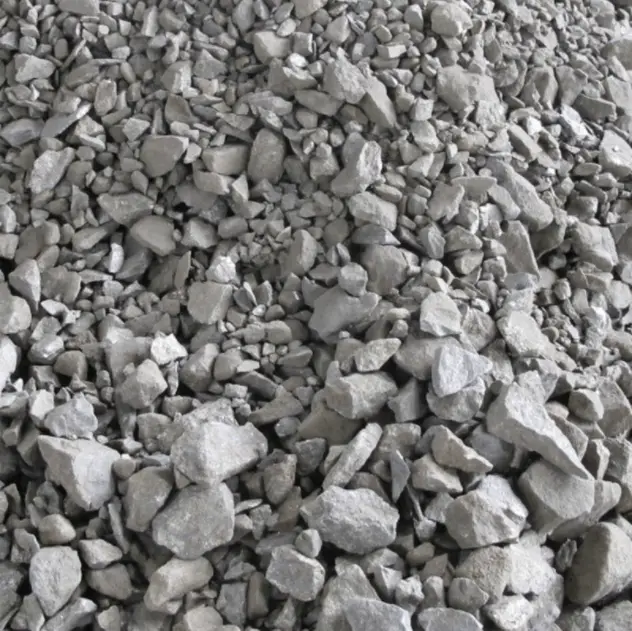The main applications of sulfur/pyrite ore in modern industry
Release time: 2025-07-29
Pyrite (main component: iron disulfide, FeS₂) is an important chemical mineral raw material, widely used in modern industry. Its core value lies in its sulfur and iron elements. Below is a detailed introduction from the perspective of major application fields:
I. Sulfuric Acid Production – The Core Application of Pyrite
Sulfuric acid is the “blood” of modern industry, and pyrite is a traditional yet important raw material for sulfuric acid production.
Process Flow:
- Pyrite is roasted at high temperature in a fluidized bed furnace, undergoing the reaction: 4FeS₂ + 11O₂ = 2Fe₂O₃ + 8SO₂ (producing sulfur dioxide gas);
- After purification, sulfur dioxide is oxidized to sulfur trioxide under the action of a catalyst (such as vanadium catalyst): 2SO₂ + O₂ ⇌ 2SO₃;
- Sulfur trioxide combines with water to form sulfuric acid: SO₃ + H₂O = H₂SO₄.
Extended Applications:
Sulfuric acid is a basic raw material in industries such as fertilizer, chemical engineering, metallurgy, pharmaceuticals, and printing and dyeing. For example:
- In the fertilizer industry, it can be used to produce phosphate fertilizers and nitrogen fertilizers;
- In the chemical field, it can be used to synthesize detergents, dyes, plastics, etc.;
- In the metallurgical industry, it can be used as a pickling reagent to remove oxides from metal surfaces.
II. Iron Smelting and Iron Product Processing
The iron element in pyrite can be recovered through mineral processing, roasting, and other processes, and used for iron smelting or the production of iron-based products:
- Utilization of roasted slag: The hematite (Fe₂O₃) slag generated after pyrite roasting can be used as an auxiliary raw material for iron smelting, reducing the consumption of iron ore;
- Direct iron smelting: High-grade pyrite, after desulfurization, can be directly used in small ironworks to produce pig iron or cast iron;
- Iron concentrate production: Iron concentrate is extracted from pyrite through mineral processing techniques (such as gravity separation and magnetic separation) for steel smelting.
III. Other Industrial Fields
- Mineral processing reagents: Pyrite can be used as a “sulfidizing agent” in the flotation process, applied to the flotation of copper oxide ores and other minerals to promote the combination of minerals and reagents;
- Environmental protection materials: Processed pyrite can be used in wastewater treatment to remove heavy metal ions (such as lead and cadmium) from wastewater through chemical reactions;
- Battery raw materials: Some high-purity pyrites can be used in the research and development of new sulfur-based batteries, exploring their potential in the energy storage field.
Conclusion
With its dual resource attributes of sulfur and iron, pyrite holds an important position in the sulfuric acid industry, metallurgy, chemical engineering, and other fields. Although the proportion of sulfur-based sulfuric acid production has increased in recent years, pyrite still has cost advantages in resource-rich areas. Moreover, its comprehensive utilization (such as slag iron smelting and wastewater treatment) conforms to the concept of circular economy, and it will continue to play an important role in the green industrial system in the future.


